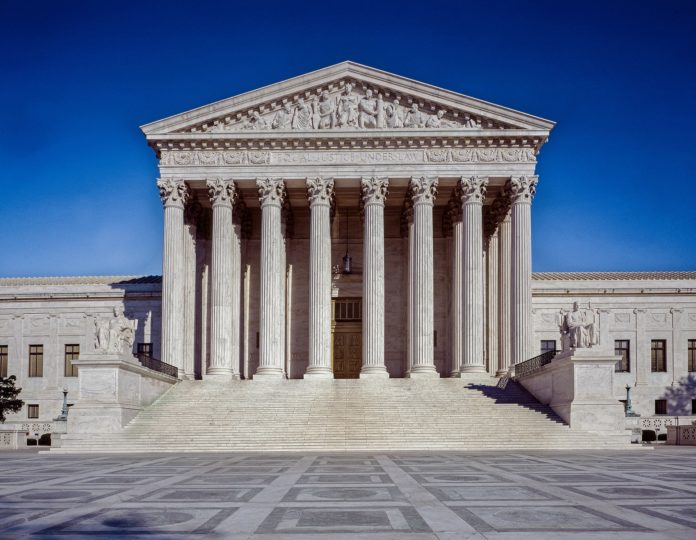

A report concerning the leak of a draft from a monumental decision from the U.S. Supreme Court overturning abortion protections has now been released.
The decision by the court from Dobbs v. Jackson was released in June, but Politico published a draft opinion a month earlier. Since then, the U.S. Supreme Court has been trying to figure out how it happened.
According to a statement from the U.S. Supreme Court released Jan. 19 with the report attached, no clear answers were found after an investigation by the Marshal of the Supreme Court. More than 90 employees were interviewed during the investigation while electronic data was also combed over.
“In following up on all available leads, however, the marshal’s team performed additional forensic analysis and conducted multiple follow-up interviews of certain employees,” the U.S. Supreme Court said in a statement. “But the team has to date been unable to identify a person responsible by a preponderance of the evidence.”
The court also said it consulted with Michael Chertoff, the former secretary of Homeland Security, to assess the investigation. Chertoff wrote the marshal undertook a thorough investigation and he couldn’t identify any additional investigative measures to take.
Chertoff found insights from the investigation to avoid future issues including: restricting the distribution of hard copy versions of specific documents; restricting the emailing of sensitive documents; utilizing information rights management tools to control how sensitive documents are used; and limiting access of sensitive information on outside mobile devices.
According to the marshal’s report, it was unlikely the court’s information technology systems were improperly accessed by a person outside the court and there were no indications of a hack. The report added the expansion of remote work for court employees and gaps in the court’s security policies created an environment where it was too easy to remove sensitive information from the building and the court’s IT networks.
An initial focus of the review, according to the report, was to determine whether the draft opinion was removed from the court’s IT system prior to the Politico publication.
“They found that certain employees emailed the draft document to other employees, with approval,” the report continued. “There was no evidence discovered that anyone emailed the draft opinion to anyone else, although technical limitations in the Court’s computer recordkeeping at the time made it impossible to rule out this possibility entirely.”
The investigators also didn’t find any logs or IT artifacts that indicated the draft opinion was downloaded to removable media, but the report noted that “it is impossible to rule out” entirely.
The report added that investigators cannot eliminate the possibility the draft was inadvertently or negligently disclosed — like being left in a public space inside or outside the court building.
The marshal’s report also made suggested changes for the future — many of which are already underway. The report said too many people have access to court-sensitive documents and distribution should be more tailored, while the use of hard copies should be minimized. The report also indicated a universal policy should be established concerning the mechanics of handling and safeguarding draft opinions.
The report added the court’s information security policies are outdated and need to be clarified and updated. The report also suggested new legislation, like several bills introduced in the last Congress, that would prohibit the disclosure of the Supreme Court’s non-public, case-related information to anyone outside the court.
The report explained investigators will continue to review and process electronic data. It added a few other inquiries remain pending and if an additional investigation results in new leads, they will pursue them.
“In time, continued investigation and analysis may produce additional leads that could identify the source of the disclosure,” the report concluded. “Whether or not any individual is ever identified as the source of the disclosure, the Court should take action to create and implement better policies to govern the handling of Court-sensitive information and determine the best IT systems for security and collaboration.”

